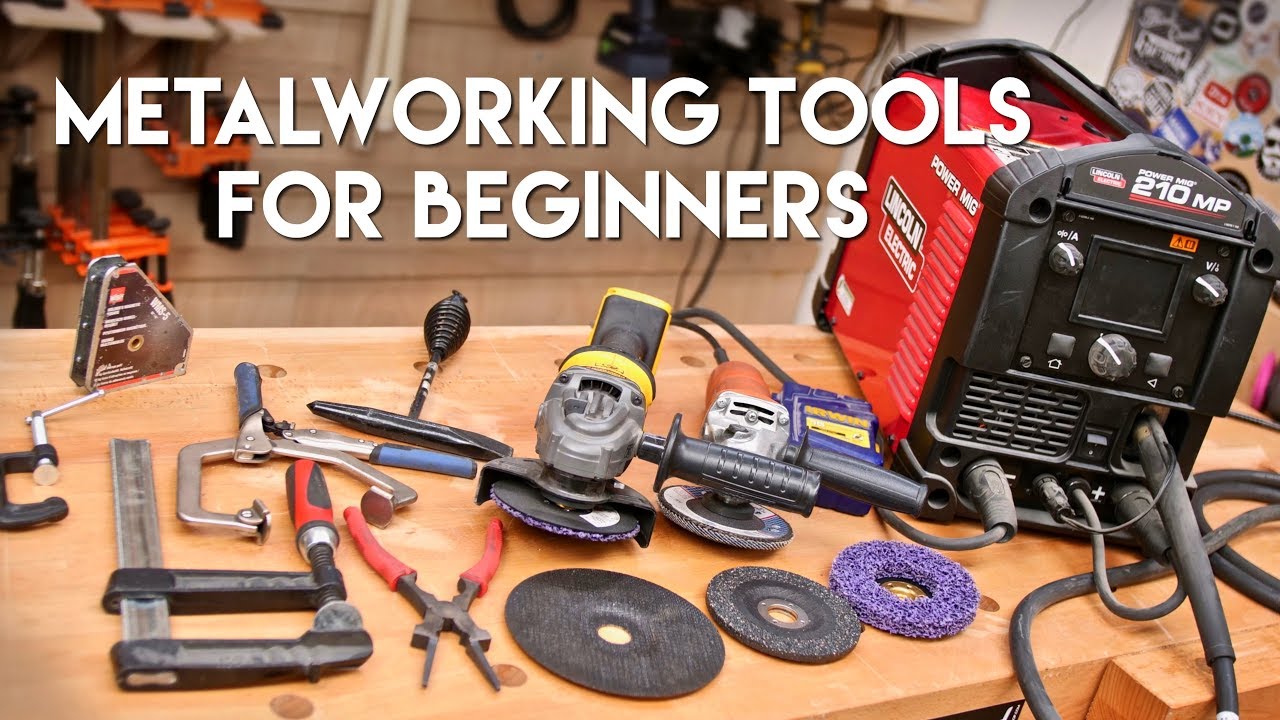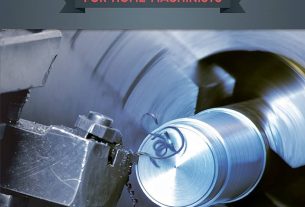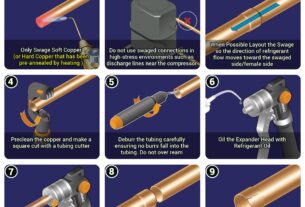If you’re a welder, you know that welding hand tools are essential. From clamps and magnets to hammers and pliers, these tools help make your work easier and more efficient. But with so many options available, it can be overwhelming to choose the right ones for your job. In this article, we’ll dive into everything you need to know about welding hand tools.
What Are Welding Hand Tools?
Welding hand tools are manual tools designed to aid in welding tasks. They are typically made of steel or other durable materials and come in various shapes and sizes. Some of the most common types of welding hand tools include:
– Clamps
– Magnets
– Hammers
– Pliers
– Chisels
– Wire brushes
– Wrenches
These tools are used for a variety of tasks, such as holding metal pieces together while welding, removing slag from welds, cutting metal, and tightening bolts.
Types of Welding Hand Tools
Clamps
Clamps are one of the most important types of welding hand tools. They hold metal pieces together while welding to ensure that they stay in place. There are several types of clamps available, including:
– C-clamps: These have a C-shaped frame with a screw at the top that tightens the clamp.
– Locking pliers: These have a locking mechanism that allows them to stay in place without constant pressure.
– F-clamps: These have an F-shaped frame with a sliding head that can be adjusted along the bar.
Magnets
Magnets are used to hold metal pieces together during welding. They come in various shapes and sizes and can be customized for specific jobs. Some common types of magnets include:
– Angle magnets: These hold metal pieces at a 90-degree angle for easy welding.
– Magnetic squares: These hold metal pieces at a 45-degree angle for easy welding.
– Magnetic holders: These hold metal pieces in place while welding to ensure they don’t move.
Hammers
Hammers are used to shape and manipulate metal during welding. They come in various sizes and shapes, including:
– Ball-peen hammer: This has a rounded head and is used for shaping metal.
– Chipping hammer: This has a pointed end for removing slag from welds.
– Sledgehammer: This is used for heavy-duty tasks like breaking up large pieces of metal.
Pliers
Pliers are used to grip and manipulate metal during welding. They come in various shapes and sizes, including:
– Locking pliers: These have a locking mechanism that allows them to stay in place without constant pressure.
– Needle-nose pliers: These have long, thin jaws that can grip small objects.
– Cutting pliers: These are designed for cutting through metal.
Chisels
Chisels are used to cut or shape metal during welding. They come in various sizes and shapes, including:
– Cold chisel: This is used for cutting through cold metal.
– Hot chisel: This is used for cutting through hot metal.
– Cape chisel: This is used for cutting sheet metal.
Wire Brushes
Wire brushes are used to clean and prepare metal surfaces before welding. They come in various sizes and shapes, including:
– Hand wire brush: This is a small brush that can be held in your hand.
– Power wire brush: This is a larger brush that can be attached to a power tool.
– Cup wire brush: This is a circular brush that can be attached to an angle grinder.
Wrenches
Wrenches are used to tighten bolts and nuts during welding. They come in various sizes and shapes, including:
– Open-end wrench: This has two parallel jaws that can be adjusted to fit different sizes of bolts and nuts.
– Box-end wrench: This has a closed end that fits over bolts and nuts for a more secure grip.
– Combination wrench: This has both an open end and a box end for versatility.
How to Choose the Right Welding Hand Tools
Choosing the right welding hand tools can be a challenge. Here are some factors to consider when making your decision:
– Job requirements: Consider what tasks you need to complete and choose tools that will help you accomplish them.
– Material type: Some welding hand tools work better with certain types of metal than others.
– Budget: Determine how much money you have to spend on tools and choose ones that fit within your budget.
– Brand reputation: Look for brands with a good reputation for quality to ensure that your tools will last.
Tips for Using Welding Hand Tools
Once you’ve chosen the right welding hand tools, it’s important to use them correctly. Here are some tips to keep in mind:
– Use clamps and magnets to hold metal pieces in place while welding.
– Keep hammers and chisels sharp to ensure they work properly.
– Use pliers to grip metal pieces without damaging them.
– Use wire brushes to clean metal surfaces before welding.
– Use wrenches to tighten bolts and nuts securely.
Conclusion
Welding hand tools are essential for any welder. They make tasks easier, more efficient, and safer. By choosing the right tools for your job and using them correctly, you can improve the quality of your work and save time and money in the long run. Remember to consider job requirements, material type, budget, and brand reputation when choosing tools, and follow best practices when using them.
[wikiHow](https://www.wikihow.com/Use-a-Welding-Machine)
[AWS](https://www.aws.org/)
[Milwaukee Tool](https://www.milwaukeetool.com/)
[ESAB](https://www.esabna.com/us/en/home/index.cfm)




